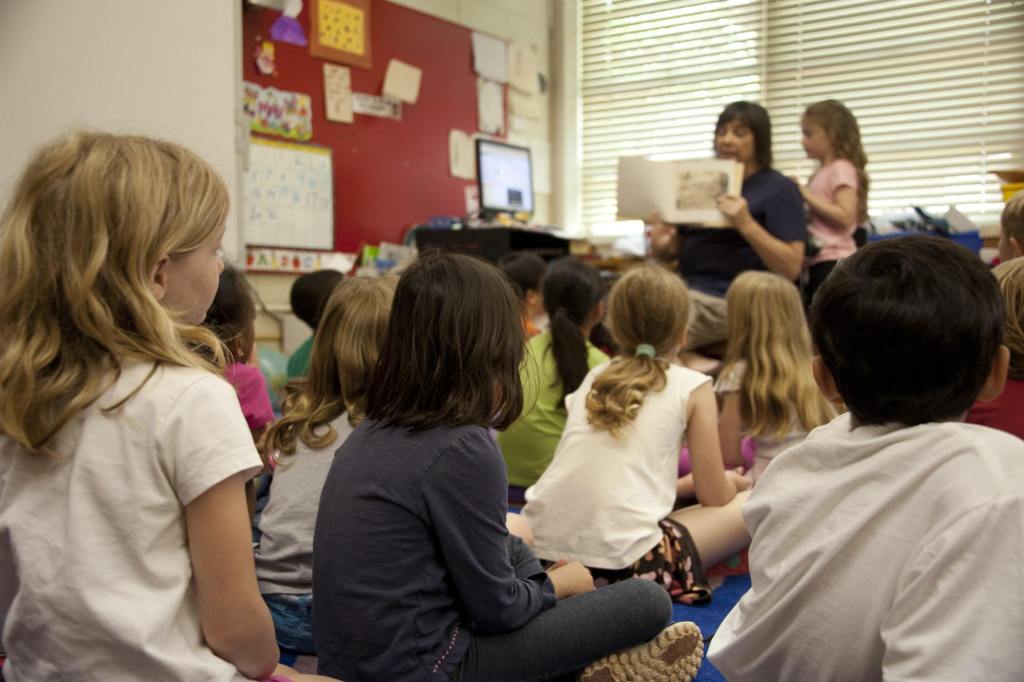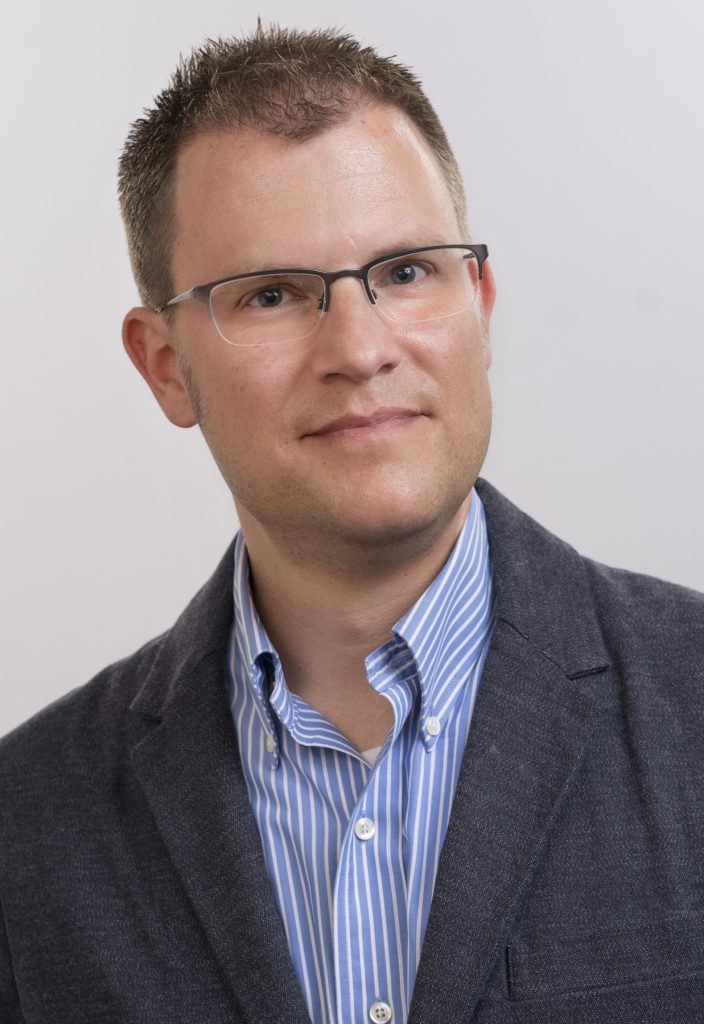Safe Bay Area school reopenings may be possible with stringent social-distancing measures and reductions in community transmission

As the fall school semester is nearly underway, discussions are intensifying on whether, and how, to reopen schools amid the ongoing COVID-19 pandemic. A new study, led by researchers at UC Berkeley, finds that in-person classes in the Bay Area may be possible for elementary schools, but only if schools can successfully limit contact between students from different classes. In contrast, remote learning may be the only safe option for middle and high schools until community transmission is dramatically lowered.
Long-term school closures present a serious threat to healthy child development and may exacerbate existing racial and socioeconomic gaps in school achievement and contribute to gender inequalities. There is evidence that children constitute a small fraction of total COVID-19 cases in high-income countries, and some studies suggest children under 10 may be less susceptible to infection than older children or adults. However, the U.S. has already seen outbreaks among children and staff at summer camps, and large outbreaks have occurred in high schools in Israel, demonstrating that children can—and do—acquire and transmit SARS-CoV-2, the virus that causes COVID-19.
Starting in April 2020, the researchers collected data on the contact patterns of school-aged children in the Bay Area during shelter-in-place through a household survey. The survey captured the number of contacts of children and their adult family members and where their contacts occurred. The researchers then combined these data with population, classroom size and other information on Bay Area schools, and developed a mathematical epidemiological model that simulates COVID-19 transmission among teachers, students, household members and the community at-large.
In results reported in a preprint posted today on medRxiv, the authors looked back to the spring of 2020 and found that closing schools was key to “flattening the curve” early in the Bay Area epidemic, and contributed to preventing over 650 Bay Area deaths.

“It is clear that a substantial burden of disease—we estimated over 13,000 cases—were averted by school closures in the spring semester,” said Justin Remais, associate professor of environmental health sciences UC Berkeley’s School of Public Health and senior author of the study. “The impact of school closures was similar to the benefit from workplace closures, but not all school closures contributed equally.” The model showed that only a small fraction of the averted cases was attributable to closing elementary schools, for instance.
When turning their model to possible school reopening in the fall, the researchers found that teachers—and less so students and their household members—are at high risk under most reopening scenarios.
“With community transmission running high in the Bay Area as it has been in late summer, if schools are permitted to resume with no physical distancing modifications, upwards of 44% of high school teachers could experience symptomatic infection over the fall semester,” said Jennifer Head, the lead author of the study and a current doctoral candidate in epidemiology at UC Berkeley’s School of Public Health.
Teachers have been swept up in school-based outbreaks elsewhere in recent months: After an outbreak at a high school in France, 43% of teachers tested positive for SARS-CoV-2 antibodies. Berkeley researchers found that outbreaks in schools could also spill over into the general community, causing as many as 1,160 deaths in the community and consuming 16% of the Bay Area’s hospital bed capacity.
“In the presence of the high level of community transmission we are seeing in the Bay Area, extremely strong in-school measures, such as maintaining stable cohorts of as low as 10-20 students, would be needed,” said Head. “If we don’t focus our attention on low-resourced schools, we could end up in a situation in which higher-income schools that have the resources and space to maintain small, social distanced class sizes open, whereas low-resourced public schools in high transmission areas either cannot open or do so at extreme risk to teachers, staff, and family members.” The researchers found that in high transmission settings, 1.2% of teachers and other school staff may be hospitalized over the fall semester if no precautions are taken.
However, the research does not point to a one-size-fits-all solution for schools. “The smaller size of elementary schools, along with potentially lower susceptibility to infection among young children, yields considerably lower risk of COVID-19 transmission were elementary schools reopened,” Remais said. “We found that keeping children in their classroom groups as much as possible and wearing masks may be sufficient to limit transmission in elementary schools,” he added. Effective measures to reduce mixing among elementary school students might include eating lunch in their own classroom, staggering recess times, or staggering arrivals to avoid hallway interactions.
In high schools, however, multiple, strict interventions, such as stable cohorts with a 2-day staggered school week, must be combined in order to limit transmission. In each school setting, the researchers identify the combination of actions that would be needed in reopened schools to ensure that fewer than an additional 1% of teachers would be infected when compared with keeping schools closed.
The researchers emphasize that the responsibility for safe school reopening depends on our commitment to reducing transmission outside of schools, through continued social distancing and closures of nonessential workplaces, like bars and movie theaters. The higher the transmission in the community, the more easily the virus is introduced and spread within schools, and thus the more difficult it is to safely reopen them. And once a school-based outbreak occurs, it spreads risk of transmission back to the community.
“Even if we aren’t personally connected to schools, we have to realize that our actions in preventing the spread of COVID-19 carry serious implications for whether or not schools can reopen,” Head said. “If states are to prioritize the safe opening of schools, policymakers must honestly ask themselves whether allowing nonessential services for adults or large gatherings are worth it. Otherwise, children may be forced to suffer long-term negative consequences.”
The model reveals systemic inequities between family households. “Our contact survey provides critical estimates of the social contact patterns of school-aged children in the Bay Area during a historic period of long-term school closures”, said Kristin Andrejko, doctoral student in epidemiology at UC Berkeley’s School of Public Health and lead of the project’s social contact research. “We found that children’s social networks during prolonged school closures are heavily influenced by household demographic characteristics, with physical distancing restrictions disproportionately benefiting high-income children. Systemic health and social inequities limiting the ability of low-income children from successfully sheltering in place may reduce the overall effectiveness of school closures.”
The researchers do emphasize that key model inputs remain only partially understood, including the relative susceptibility and infectiousness of children. Additional knowledge about COVID-19 epidemiology is needed to determine exactly how COVID-19 will spread in schools.
“With each passing week we are in a stronger position to determine what the future holds on the transmission of COVID-19,” Remais said. “Yet regarding transmission involving children, we have very limited and potentially biased data. This is the case for childhood infection data, for instance, as children are less likely to be detected by surveillance systems due to higher prevalence of asymptomatic infection or mild illness, and because spring semester school closures limited contacts of children to mainly their households.”
The research team included UC Berkeley scientists Dr. Qu Cheng, Philip A. Collender, Sophie Philips, Anna Boser, Dr. Alexandra K. Heaney, Christopher M. Hoover, Sean L. Wu, Graham R. Northrup, Karen Click, and Prof. Joseph A. Lewnard as well as UC San Francisco researcher and Dr. Robert Harrison. The study was supported by grants from the National Institute of Allergy and Infectious Diseases, the National Institute of Health’s Fogarty International Center, the National Science Foundation, and the UC Office of the President.
